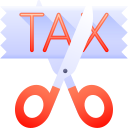Efficient Strategies for Individual Tax Filing in Malaysia

Understand Your Residency Status and Deadlines
In Malaysia, most individuals qualify as tax residents when present for 182 days or more within the year, though special linking rules can sometimes apply. Residency affects rate structures and available reliefs, so confirm early and avoid guesswork. If unsure, keep a travel log and cross-check your passport stamps against your calendar.
Understand Your Residency Status and Deadlines
Employees without business income usually file Form BE, with the e-Filing deadline commonly mid-May, while manual submissions are due earlier. Mark both dates, then plan to finish at least a week ahead. If you have business income, your form and deadline differ—verify the correct timeline on the LHDN portal before you start.
Master e-Filing Like a Pro
Register early, verify your email and mobile number, and enable all available security features. Keep your TAC-ready phone handy during filing. A secure account protects your information, ensures smooth access when deadlines loom, and makes it easier to retrieve past filings, payment histories, and important notices without frantic password resets.
Master e-Filing Like a Pro
Your EA form, typically provided by your employer by late February, summarises employment income and deductions. Match it against monthly MTD or PCB figures and confirm totals. If something looks off, clarify early with HR. Accurate inputs prevent understatements, delays, and unnecessary correspondence with LHDN when your data does not reconcile cleanly.


Claim Every Legitimate Relief and Rebate
Review contributions to EPF and any qualifying life insurance, along with SOCSO, ensuring you respect statutory limits. Cross-check amounts on your payslips and annual statements, not just memory. If you changed jobs mid-year, combine figures and verify no month is missing. Small gaps add up, and accurate totals protect your refund.

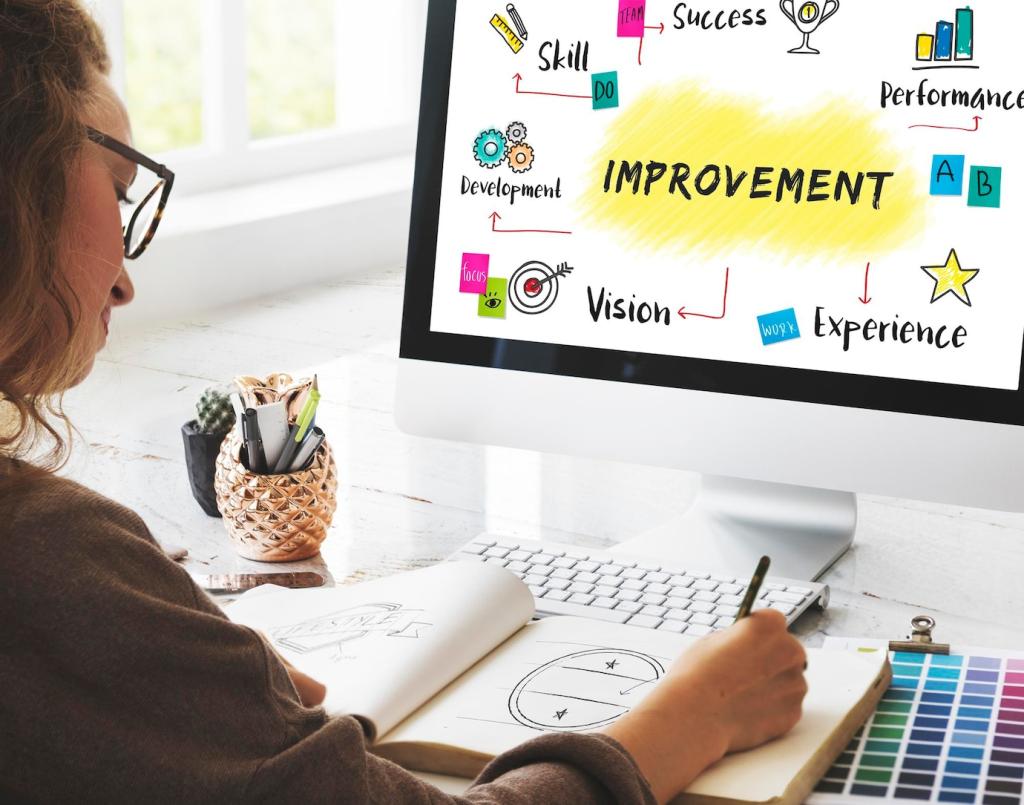

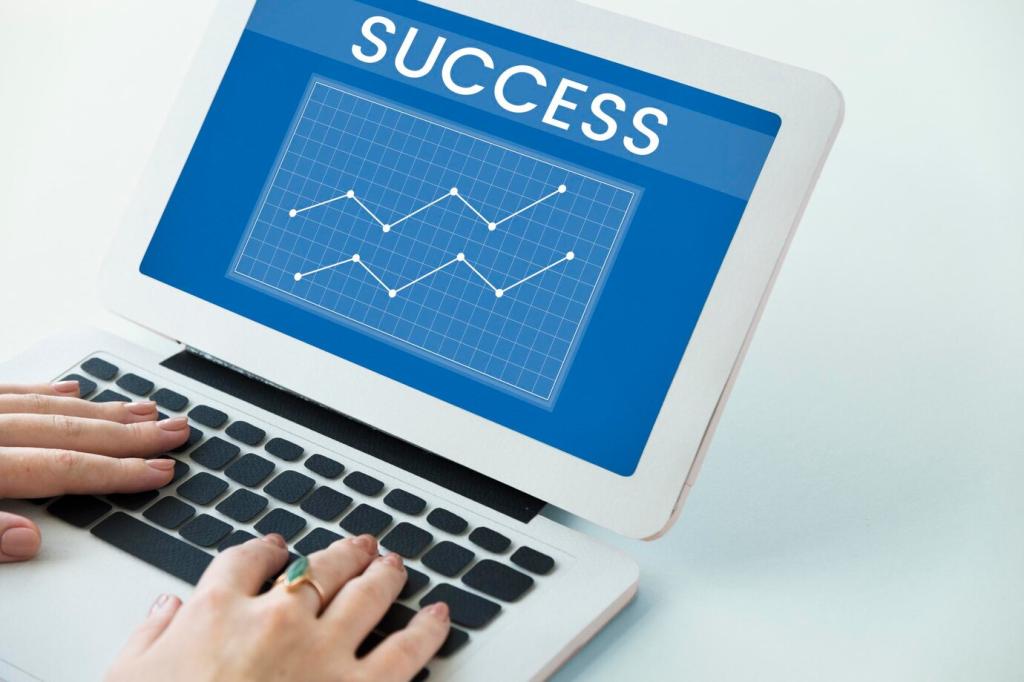
Keep Bulletproof Records the Easy Way
One-Box Receipt System
Use one physical box and one digital folder to capture receipts the moment you receive them. Snap photos, rename files with date and category, and store PDFs from banks or e-wallets. Centralising everything means filing week involves reviewing, not frantic searching, which preserves your energy for more strategic decisions.
Tag Every Expense with Context
On each receipt photo, add a short note like “Lifestyle–books for professional upskilling” or “Medical–specialist visit, self.” These ten-second annotations save twenty minutes later. When amounts look odd months later, you will still remember precisely why they were incurred, and you will defend them confidently if asked.
How Long to Keep Documents
Keep tax records for at least seven years from the filing date, including receipts, statements, and correspondence. Back up digitised files in two places: a secure cloud folder and an external drive. If you ever move or change devices, your records remain intact, accessible, and ready for any verification requests.
Year-End Moves That Actually Save Tax
If planning a PRS contribution, a major medical procedure, or eligible lifestyle purchases, consider completing them before year-end to secure current-year reliefs. Confirm limits first, then schedule reminders. This way, you capture benefits with intention, avoiding rushed spending that fails documentation checks or falls outside allowable categories.
Year-End Moves That Actually Save Tax
Review child-related reliefs, childcare fees, and educational expenses. For parents, track approved medical expenses and required documentation. Coordinate with siblings where relevant to avoid duplicate claims. A brief family meeting in December clarifies who pays what, who claims what, and how to store shared receipts without confusion later.


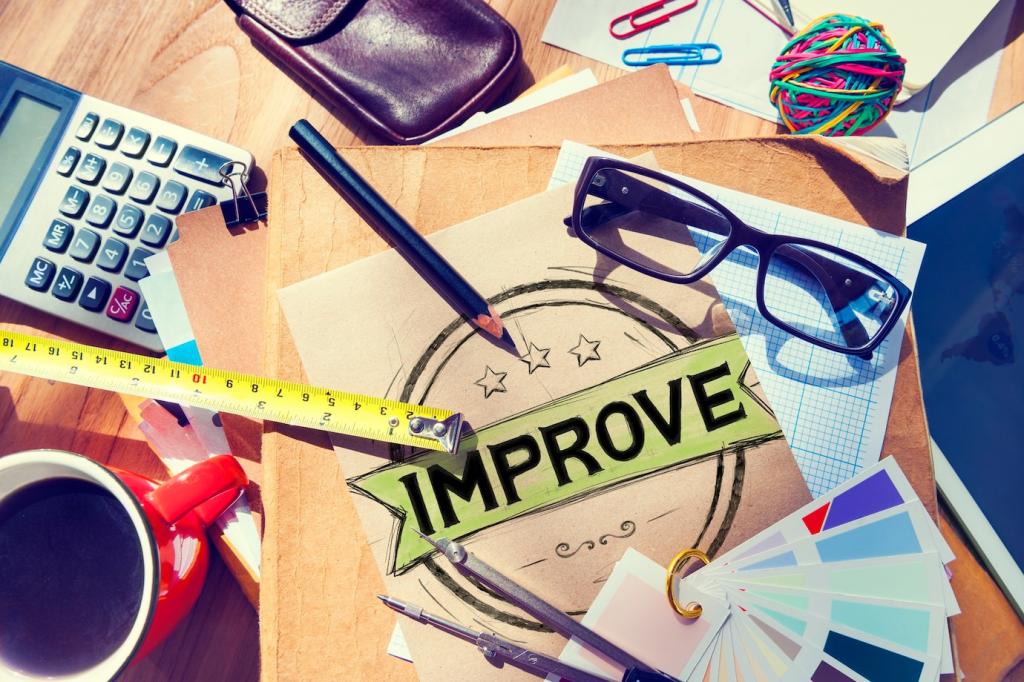
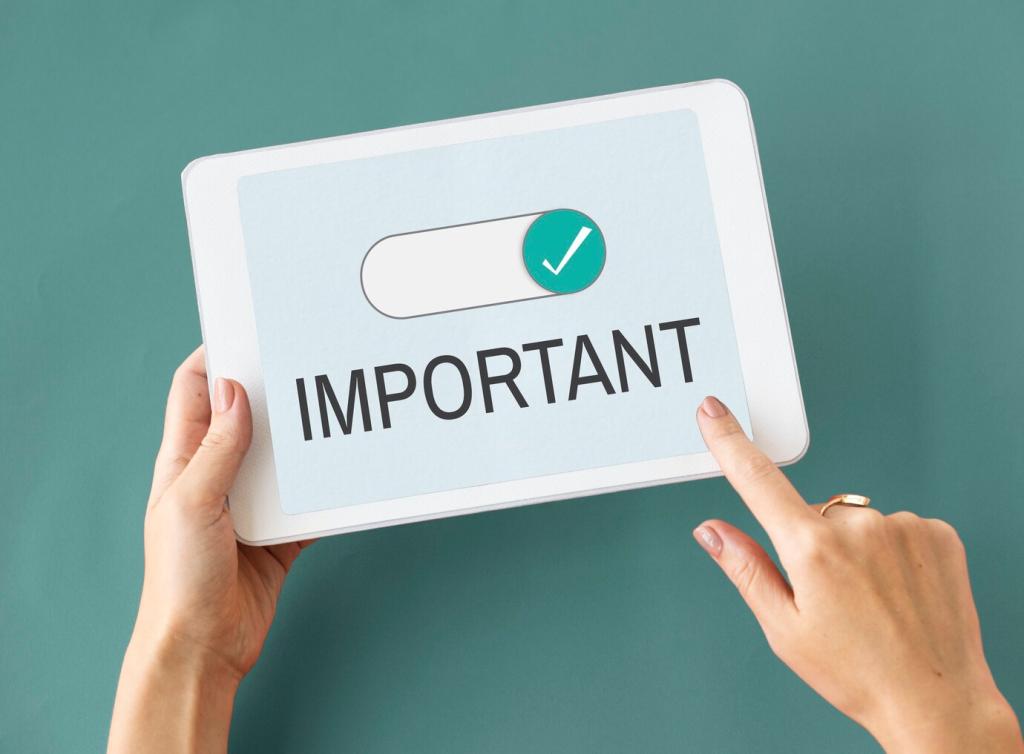
Avoid Common Pitfalls and Engage With LHDN
Do not mix up residency rates, do not assume PCB covers every scenario, and do not claim reliefs you cannot support. Each misstep drains time and energy. Build a short checklist you consult every year. If a claim feels doubtful, verify the rule instead of hoping it slides through unnoticed.
Avoid Common Pitfalls and Engage With LHDN
Pretend you must explain every number to a future you, six months from now. Would your receipts and notes make sense? Keep timelines, label documents, and store confirmations systematically. Audit-ready does not mean fearful; it means calm, clear, and able to respond quickly if clarification is requested.
